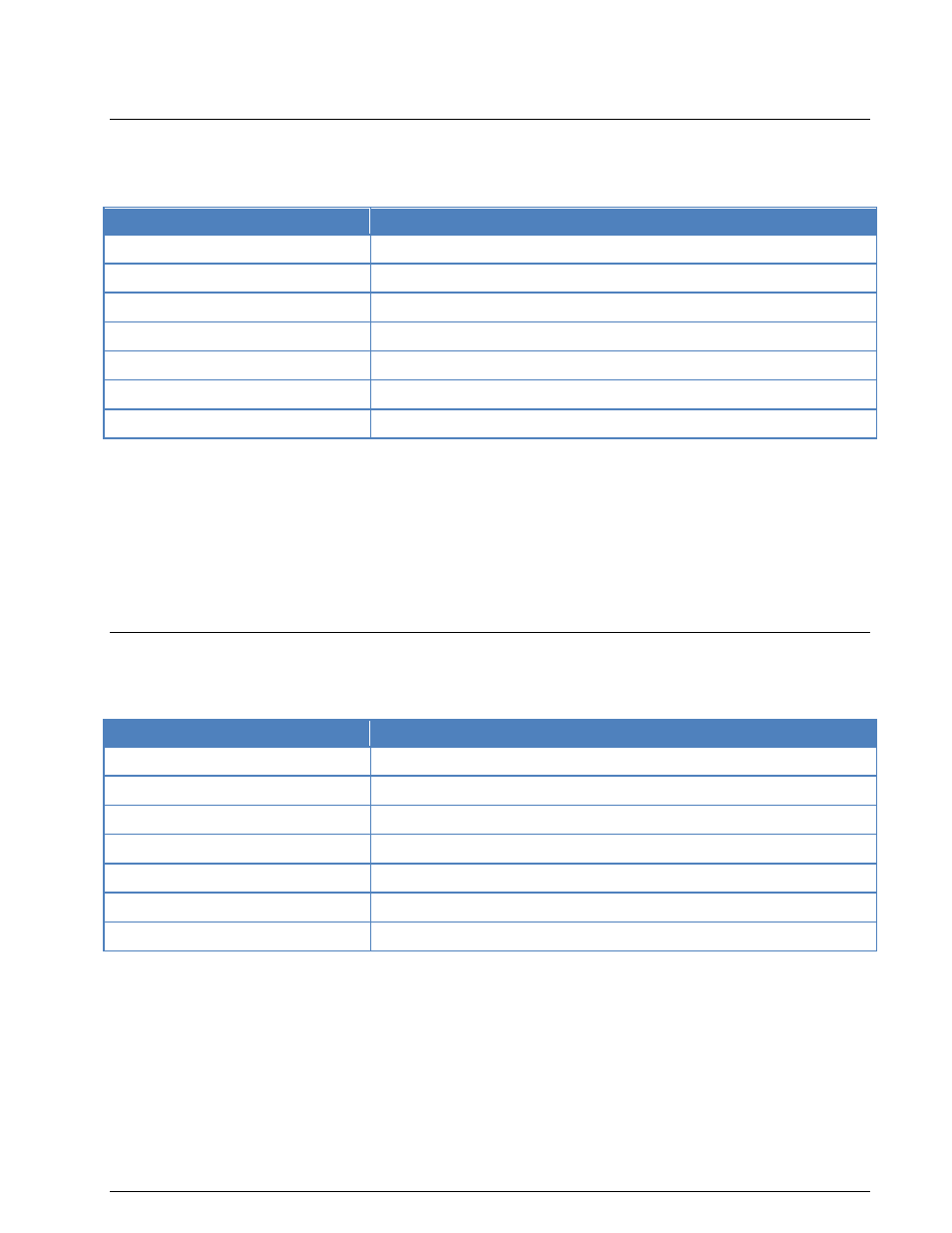Psk-31-fec, Psk-63f, psk-125f, psk-220f – Wavecom W61PC V7.5.0 User Manual
Page 214

204
Transmission Modes
WAVECOM Decoder W61PC/LAN Manual V7.5
the Demodulator menu by toggling Polarity or with a double-click on the field on the left side of the sta-
tus field.
PSK-31-FEC
PSK-31-FEC is a narrow-band amateur mode developed by F6CTE. The aim of this experimental slow
mode is to allow “chat” communication between hams with much less errors than with PSK-31.
Parameter
Value
Frequency range
HF
Operation modes
Simplex FEC
Modulation
DBPSK
Symbol rate
31.25 Hz
Receiver settings
DATA, CW, LSB or USB
Input format(s)
AF, IF
Additional Info
3.580 MHz, 7.035 MHz, 14.070 MHz
The baud rate is fixed at 31.25 Bd. The speed of transmission is about 30 words per minute compared to
CW.
Each bit is repeated 13 bits later for forward error correction using the same principle as used in AMTOR
FEC or PSK-AM, except that this type of FEC is bit related instead of character related.
To separate the transferred characters, a “011” sequence is inserted between each character guaranteeing
separation as long as this sequence does not appear in the character itself.
PSK-31-FEC uses the same varicode alphabet as PSK-10 having a maximum length of seven bits per char-
acter.
PSK-63F, PSK-125F, PSK-220F
PSK-63F and PSK-125F, are very narrow-band and reliable modes. The performance against disturbances
is achieved by the use of DPSK modulation.
Parameter
Value
Frequency range
HF
Operation modes
Simplex FEC
Modulation
DBPSK
Symbol rate
62.5, 125 and 220 Bd
Receiver settings
DATA, CW, LSB or USB
Input format(s)
AF, IF
Additional Info
Varicode, 3.580 MHz, 7.035 MHz, 14.070 MHz
Compared to PSK-31 an improvement was made, concerning the error rate and ionosphere effects such as
doppler, fading and multi-path. The result was a mode, which uses forward error correction (FEC) and also
has a higher baud rate.
In contrast to PSK-31, only DBPSK modulation is used. The baud rate is optimized to the data rate, which
an operator can input on a keyboard by hand.
To recover bit stream after demodulation, a Viterbi decoder with K = 7 and code rate ½ is used. Because
of the use of DBPSK only, the mode is insensitive against a confusion of LSB and USB.
To optimize the data throughput rate of the system, the alphabet uses a variable character length. For
frequently used characters a symbol is used, which has a short word length (as is done with the Huffman
compression).